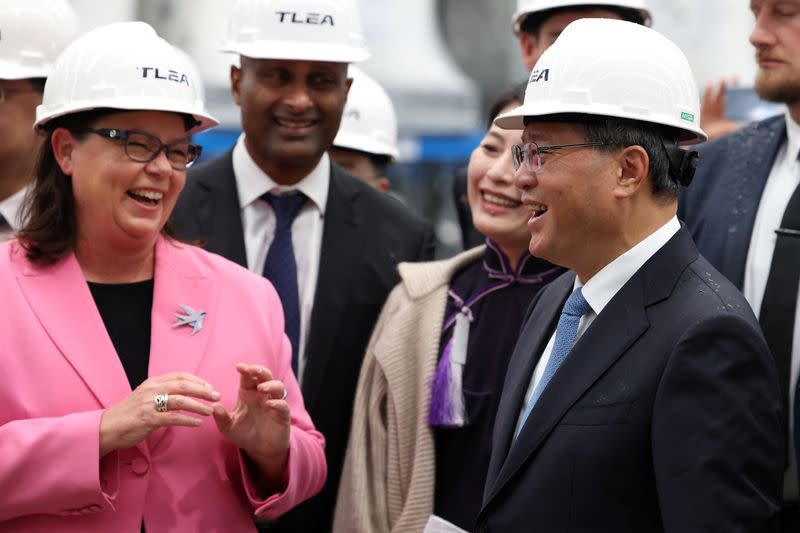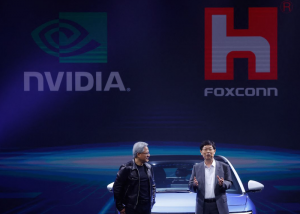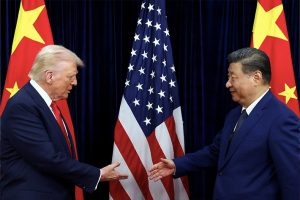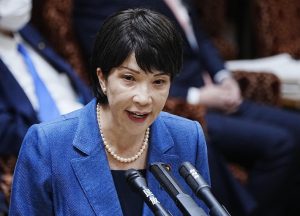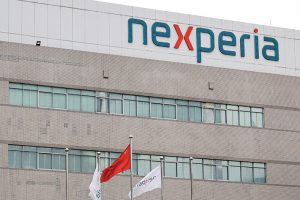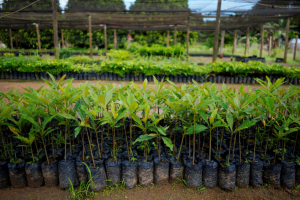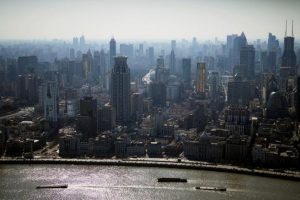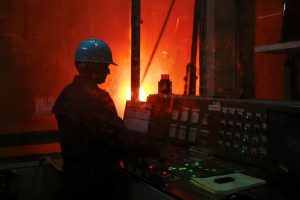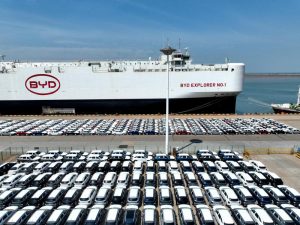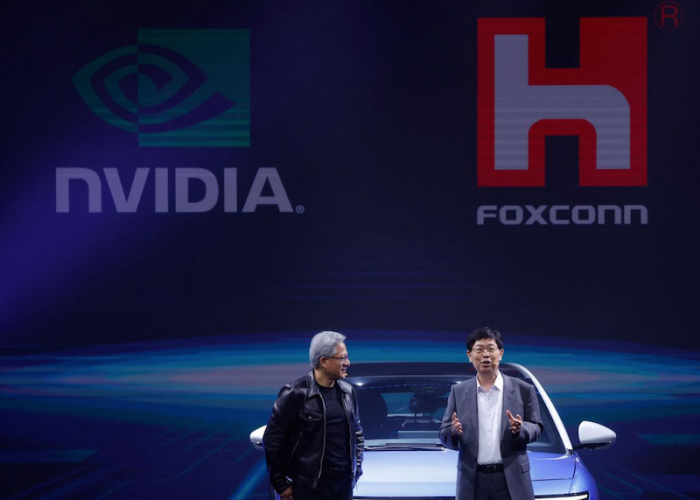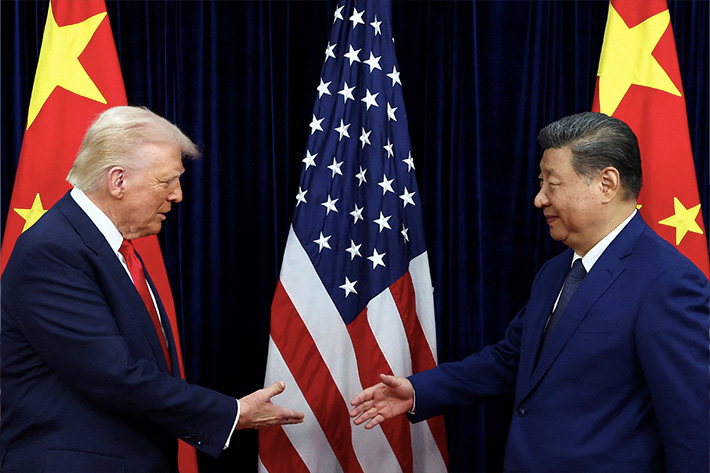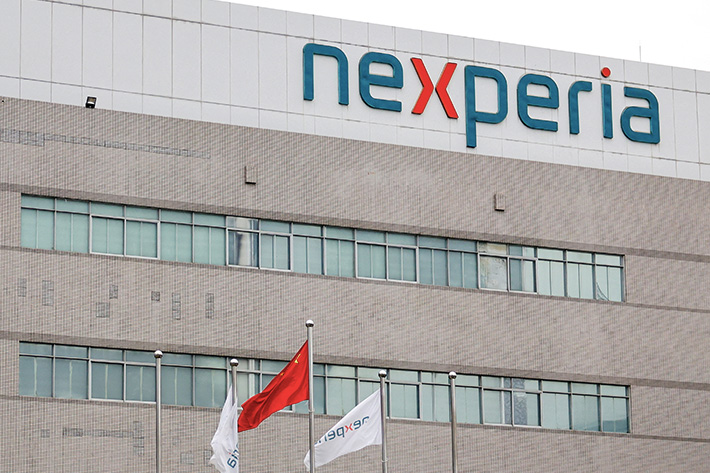Chinese Premier Li Qiang ended his four-day trip to Australia on Tuesday with a visit to a lithium processing plant in the resource-rich state of Western Australia.
The visit put a focus on geopolitical tensions surrounding critical minerals and China’s bid to secure supplies, while the US and its allies seek to ensure their own supply lines are not dominated by Beijing.
Western Australia supplies more than half of the world’s seaborne iron ore, with China its top customer, and half of its lithium used in electric vehicles, smartphones and other electronic devices.
ALSO SEE: State Funding Puts China ’15 Years Ahead of US’ in Nuclear Power
Li’s visit to Australia, which began on Saturday, is the first by a Chinese premier in seven years and marks a stabilisation in ties between the US ally and the world’s second-biggest economy.
While China has largely lifted suspensions imposed on $20 billion worth of Australian exports in 2020, after Canberra sought an investigation into the origins of Covid-19, it continues to express concerns about obstacles to Chinese investment in Australia’s vast resources industry.
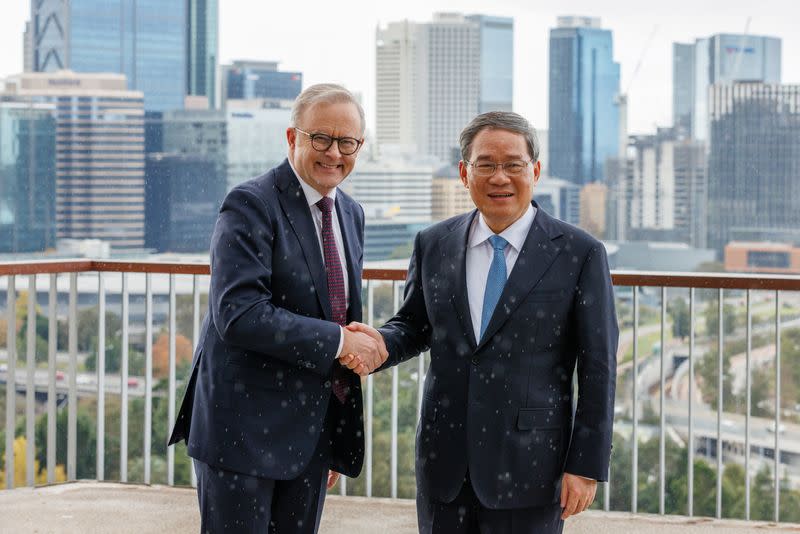
The issue of how Australia screens Chinese investment in its critical minerals sector was discussed at a business roundtable in Perth attended by Li and Australian Prime Minister Anthony Albanese.
Critical minerals including rare earths have become an area of intense competition between China and the US, which sees Australia’s deposits as a way to break China’s strangehold over global supply.
Australia last month blocked several Chinese investors from increasing stakes in a rare earths miner on national interest grounds, and last year blocked the acquisition of a lithium mine by Chinese interests.
The US this year extended its support for the first time to back two Australian-listed rare earths projects to help build out the supply chain.
Li urges ‘non-discriminatory’ investment assessment
Li said on Monday that China hoped Australia would provide “a fair, just and non-discriminatory business environment for Chinese enterprises”, and told the business roundtable the two countries should benefit from each other’s development.
Cooperation was important for stabilising industrial supply chains and boosting economic growth, Li said, according to Chinese state news agency Xinhua.
Albanese told the Australian and Chinese executives that three-quarters of Australia’s exports to China come from Western Australia, mainly from mountains of iron ore in the northwest.
He also said his government wants to create jobs in critical minerals processing, refining and manufacturing, and sell to a broader range of markets.
“Our commitment to investing in local manufacturing doesn’t mean cutting trade ties or pulling-up the economic drawbridge. Far from it,” he said.
“International partnerships and the inflow of foreign investment will continue to be crucial for Australia as we modernise and diversify our economy, even as we take steps to secure our economic sovereignty and build resilience in sectors that are vital to our national interest,” he added.
Ahead of the roundtable, Li toured a lithium hydroxide processing plant owned by Tianqi Lithium Energy Australia, 51% owned by Shenzhen-and Hong Kong-listed Tianqi Lithium and 49% by Australian miner IGO, that is considering whether it will more than double production.
Australia said last month it would consider Chinese ownership when deciding whether companies qualify for tax credits under a new programme of incentives and support for the critical minerals sector.
Tianqi Lithium chief executive Frank Ha told the Australian Financial Review on Monday the company had not sought incentives but now that they were on the table it wanted a “fair go”.
‘Clumsy’ drama involving jailed journalist
Albanese told ABC Radio on Tuesday that Australian officials had expressed concern to China’s embassy over an incident at Parliament House in Canberra on Monday involving Chinese officials and Australian journalist Cheng Lei.
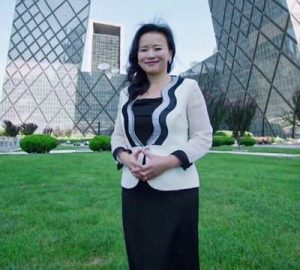
Cheng, who was jailed for three years in Beijing on national security charges until her release in October, was among media covering Li’s visit to Canberra on Monday when Chinese officials stood in front of her to prevent her appearing on camera.
Cheng has said it was likely the Chinese officials did not want her to appear on domestic Chinese news coverage. The incident dominated Australian media coverage of Li’s Canberra meeting.
“When you look at the footage it was a pretty clumsy attempt,” Albanese told the ABC, adding Australian officials had intervened.
“There should be no impediments to Australian journalists going about their job. And we’ve made that clear to the Chinese embassy.”
China’s embassy did not respond to a request for comment.
- Reuters with additional editing by Jim Pollard
ALSO SEE:
Chinese Lithium Battery Chief Urges Beijing to Fix Overcapacity
Chinese PM Stirs European Anxiety During Visit to New Zealand
China and Australia Seek an End to Bilateral Trade Rows
China Frees Australian Reporter Cheng Lei After 3 Years in Jail
Brazil Set to Challenge China’s Stranglehold on Rare Earths
China Lithium Prices to Tank in 2024 Amid Global Supply Surge
In New Comic, China Signals ‘Foreign Threat’ to its Rare Earths
China Curbs The Export of Rare Earths Processing Technology
Western Firms Struggling to Break China’s Grip on Rare Earths




